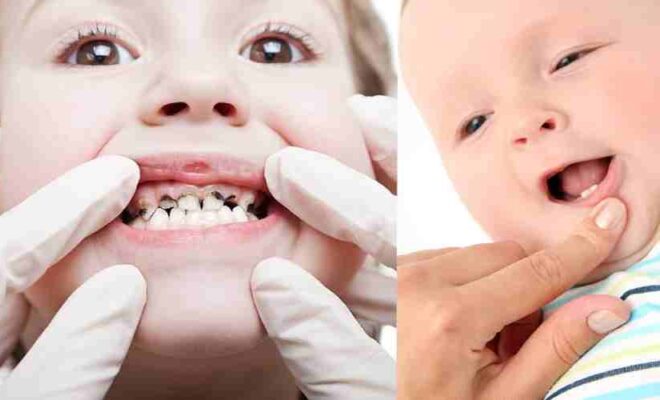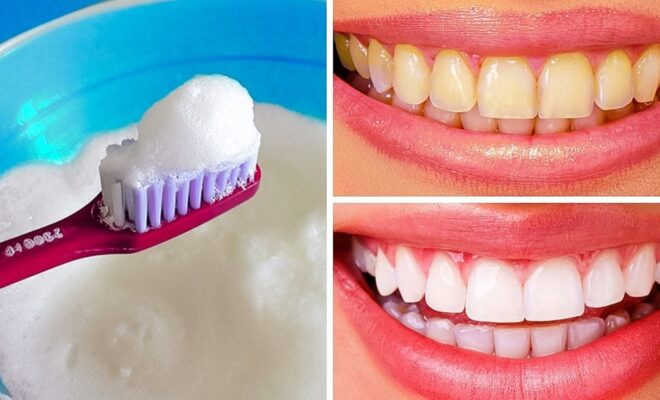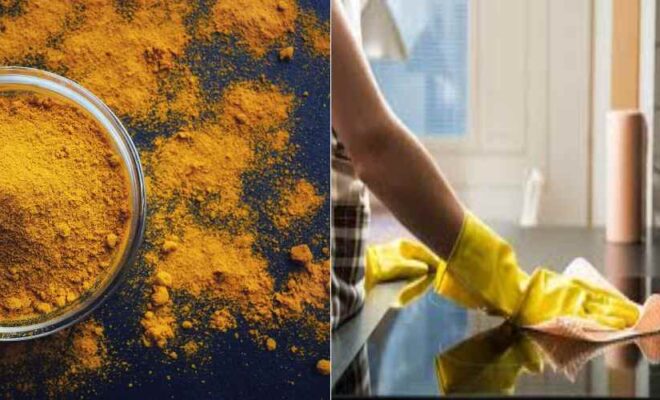Baby Bottle Tooth Decay: Causes, Signs, And Prevention

Tooth Decay
Tooth rot is a typical irresistible sickness of youth since an infant’s teeth are powerless to rot when getting teeth starts . Infant bottle tooth rot or nursing caries is a type of youth caries that could happen because of helpless dental cleanliness and delayed utilization of the jug for burning-through fluids with regular or added sugar, for example, milk or squeezes.
Nursing caries in outset could harm deciduous teeth (milk teeth) and influence the emission of perpetual teeth. A dental test inside a half year of the primary tooth’s emission is prudent as a preventive measure.
Read More: How to Get Rid of Yellow Teeth
Peruse on to realize what causes infant bottle tooth rot, indications of tooth rot, likely entanglements, and powerful approaches to forestall it.
What Are The Causes Of Baby Bottle Tooth Decay?
Child bottle tooth rot happens when the corrosive delivering microorganisms inside the mouth harm the tooth lacquer. Coming up next are the absolute most basic reasons for child bottle tooth rot.
Guardians, kin, or parental figures may send corrosive delivering microorganisms to the child’s mouth by sharing spoons, cups, and different utensils.
Putting the infant to the bed with a container or utilizing a jug as a pacifier makes delayed dental openness fluids, for example, milk. An infant who lays down with a milk restrain could have milk pool inside their mouth.
The corrosive creating microbes feed on the normal sugars present in milk, including bosom milk. The microorganisms produce corrosive as a result of sugar breakdown. The corrosive harms the lacquer (external piece of the teeth), prompting infant bottle tooth rot.
Equation milk, bosom milk, and squeezes are largely wellsprings of regular and added sugars. Bovine milk and strong food can be extra hotspots for more seasoned children and babies.
Helpless dental cleanliness, for example, absence of brushing, could make the microorganisms flourish inside the mouth and increment the danger of nursing caries. Insufficient dental openness to fluoride may additionally build the danger since fluoride solidifies the tooth polish.
Nutrient D insufficiency in pregnant moms inclines youngsters to formative dental deformities, making the teeth more vulnerable to rot.
The finish of an infant’s tooth is delicate and slender, making it inclined to harm from corrosive delivering microorganisms.
What Are The Signs Of Baby Bottle Tooth Decay?
Coming up next are the different signs that could show infant bottle tooth rot.
Dull-hued white spots or lines on the tooth surface show lacquer disintegration. These are the underlying indications of tooth rot and could be difficult to spot for guardians.
Yellow-, earthy colored , or dark hued groups or lines on the tooth surface near the gums show the movement of rot.
Caramel dark pits or stumps are characteristic of cutting edge tooth rot.
Infants with serious nursing caries may likewise encounter torment in the gums and inconvenience while taking care of or biting.
Expected Complications Of Baby Bottle Tooth Decay
On the off chance that infant bottle tooth rot is left unattended, it might prompt the accompanying intricacies.
Constant agony that meddles with taking care of and biting. It might likewise influence the child’s nourishment.
Harm to lasting teeth that lie underneath the gums. On the off chance that perpetual teeth do eject, they may be skewed.
Rotted or skewed lasting teeth may modify the arrangement of the lower jaw, consequently influencing the state of the face.
Dental issues may meddle with the infant’s discourse improvement and may cause deferred accomplishment of language aptitudes.
Extreme untreated nursing caries may prompt genuine dental issues, for example, pulpitis, and serious dental ulcer, where the microscopic organisms attack the mash, the deepest piece of a tooth.
How To Prevent Baby Bottle Tooth Decay?
Infant bottle tooth rot can be forestalled by embracing oral cleanliness measures and right jug taking care of practices .
Never put your child to sleep around evening time or for rests with a container of milk or some other drink, for example, juice.
Try not to utilize bottles as pacifiers to relieve a fastidious infant. All things considered, attempt procedures, for example, wrapping up, shaking, or playing delicate music. You may likewise utilize a pacifier to alleviate the infant. Never dunk a pacifier in nectar or sugar syrup. Children under a year ought not be given nectar since it builds the danger of baby botulism .
Try not to serve sweet fluids, for example, natural product squeezes and sugar water, to infants and little children. Infants under a year ought not burn-through organic product juice. Babies somewhere in the range of 12 and three years can devour close to four ounces (120ml) of organic product juice every day.
Serve little amounts of sweet and tacky nourishments, for example, candy, chewy candies, and treats, incidentally. These nourishments generally increment the danger of dental caries.
Train your infant to utilize a sippy cup or cup since it doesn’t cause the collection of fluids in the infant’s mouth. The American Academy of Pediatrics prescribes babies totally progress from jugs to cups somewhere in the range of 12 and two years.
Deter your infant and little child from playing or strolling with a container of milk in their mouth. On the off chance that they need a container or sippy cup for extensive stretches, fill it with water all things being equal.
Utilize clean dressing or delicate fabric to eliminate food pieces from the infant’s mouth. Try not to utilize toothpicks. Utilize the material to clean the infant’s gums until the principal tooth arises.
When the principal tooth arises, tenderly brush the gums and tooth with a delicate infant toothbrush and a smear or rice-sized measure of fluoridated toothpaste. You may do it once per day before sleep time.
Brush the teeth for two minutes two times every day for children between the ages of 12 and three years. Utilize a delicate infant or baby toothbrush and a pea-sized amount of fluoridated toothpaste.
The best an ideal opportunity to brush teeth is after breakfast and before sleep time. You may likewise brush the teeth after the baby eats something sweet.
Pick fluoridated toothpaste for brushing teeth. You may pick variations that are appropriate for children and babies.
Utilize fluoridated water to get ready equation and other weaning nourishments. Your infant may likewise get fluoride from nourishments and drinks. Supplementation of fluoride in infants and little children is generally redundant. Counsel a pediatrician or dental specialist to know the best wellsprings of fluoride for your infant.
Timetable a dental exam once your infant’s first tooth arises. A dental specialist can recognize any early indications of tooth rot.
When your baby is more seasoned than two years, your kid’s dental specialist may suggest flossing. You can address your dental specialist to discover the best dental floss to clean between the little child’s teeth (12).
Infant bottle tooth rot regularly emerges because of inaccurate utilization of the jug. Not allowing your child to baby with a jug and noticing great oral wellbeing propensities since the beginning can help dodge the condition. When the infant gets their first tooth, plan a preventive dental test. A pediatric dental specialist can assess and decide likely issues with your child’s teeth and propose early treatment and counteraction methodologies.










